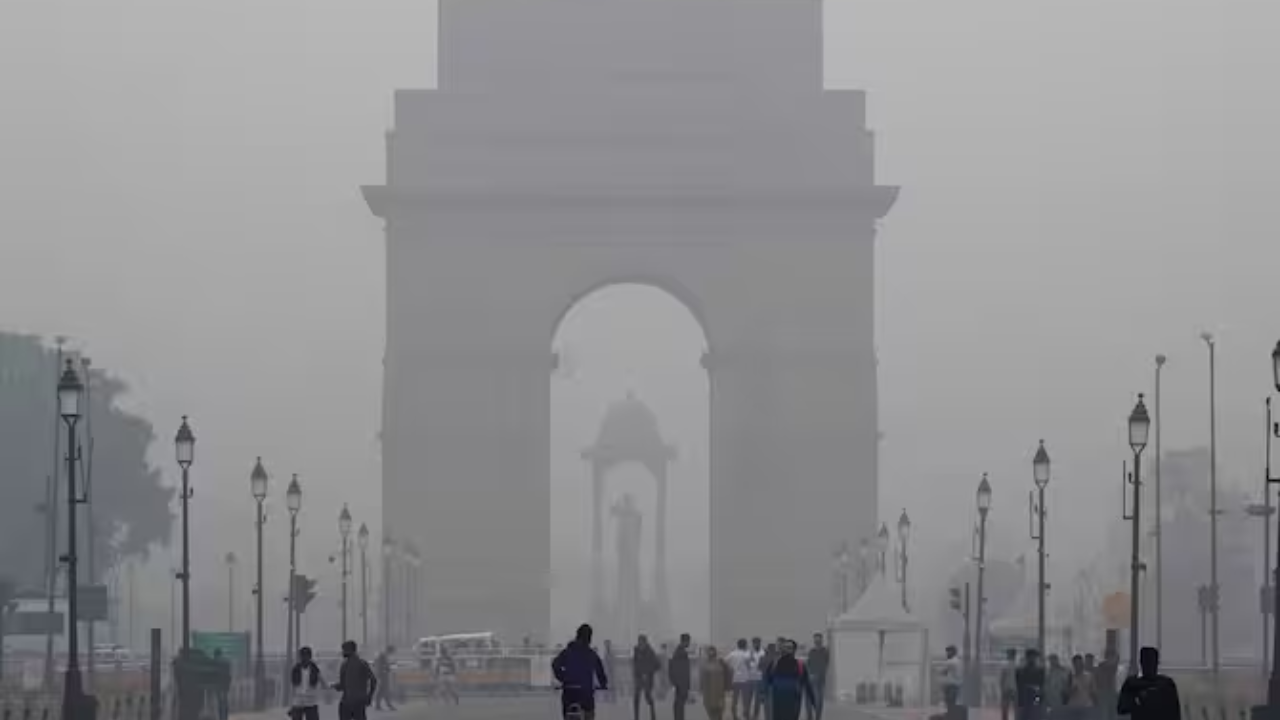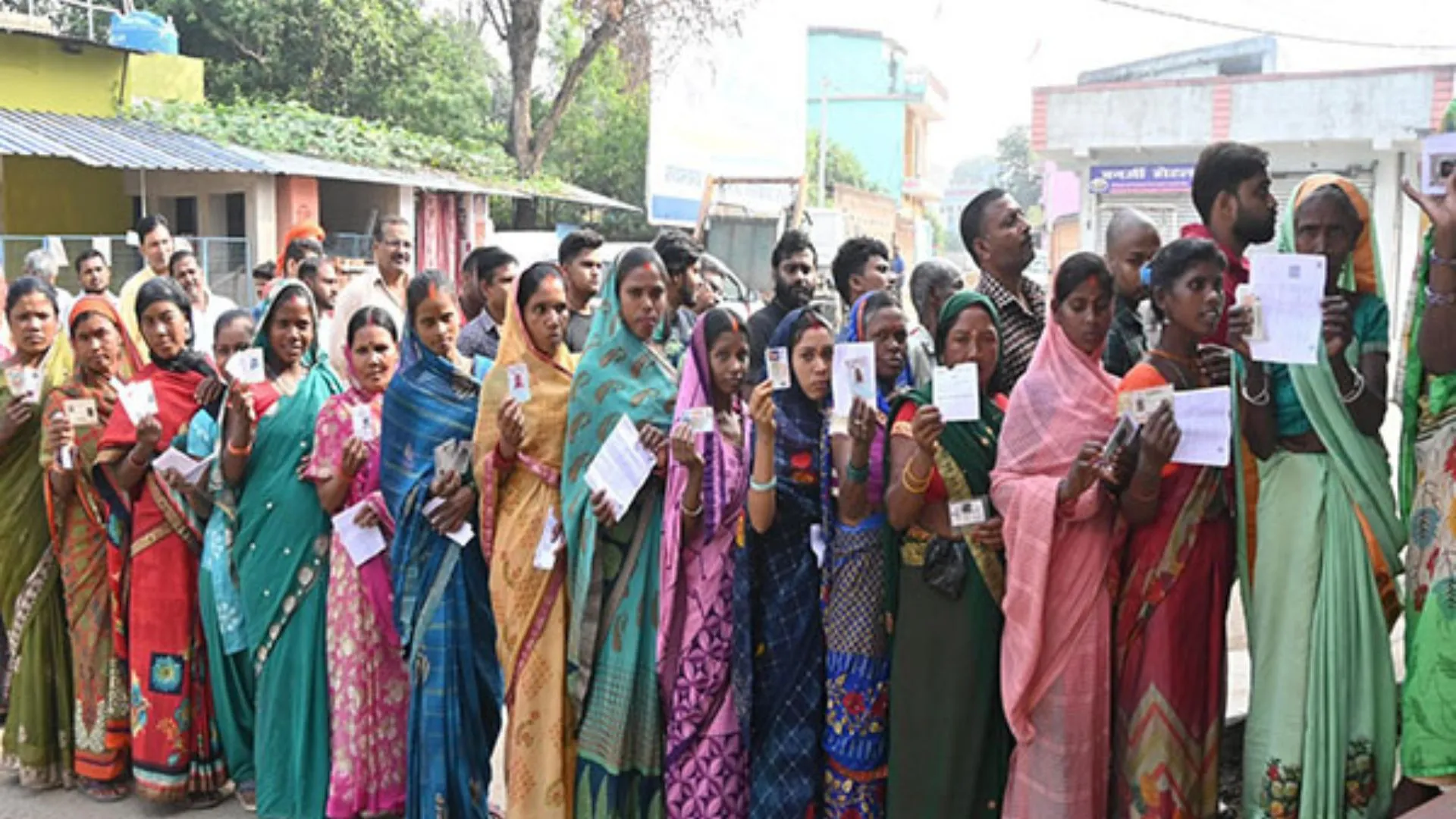As the cold wave continued its relentless hold on northern India, the air quality in Delhi plummeted to the ‘severe’ category on the last day of the year, according to data from the Central Pollution Control Board on Sunday. Several areas in the capital, including Munirka, Dwarka, and RK Puram, recorded Air Quality Index (AQI) readings above 400.
In Anand Vihar, the AQI stood at 425, Dwarka-Sector 8 recorded 425, RK Puram registered 426, and Munirka reported an alarming AQI of 431. The deteriorating air quality has raised concerns about the health and well-being of residents, especially in the backdrop of the ongoing cold wave.
Earlier this month, the Commission for Air Quality Management (CAQM) took decisive measures, imposing a ban on non-essential construction work and the operation of BS-III petrol and BS-IV diesel four-wheelers in Delhi-NCR. The region has witnessed a series of regulatory actions to combat the worsening air quality, with exemptions granted for specific essential services and projects.
Despite the restrictions, the air quality situation has worsened, urging authorities to explore more stringent measures to mitigate pollution levels. Drone visuals from key areas in Delhi, including ITO, Subroto Park, and India Gate, revealed the city blanketed in dense fog, further exacerbating visibility issues.
The India Meteorological Department (IMD) has forecasted dense to very dense fog at multiple locations over Punjab, Haryana, Chandigarh, and Delhi, with many places in Uttar Pradesh, and a few places in Uttarakhand. Isolated instances of dense fog are expected over the northern parts of Rajasthan, Jammu and Kashmir, and the lower regions of Himachal Pradesh on Sunday.
The minimum temperature at the Safdarjung Observatory, the city’s primary weather station, was recorded at 11 degrees Celsius on Sunday morning. IMD’s prediction of a further temperature plunge in the first week of January 2024, with temperatures ranging between 10 and 7 degrees Celsius at the Safdarjung Observatory, adds to the challenges faced by the residents of the national capital as they bid farewell to 2023 in the midst of a biting cold wave and severe air quality conditions.

















